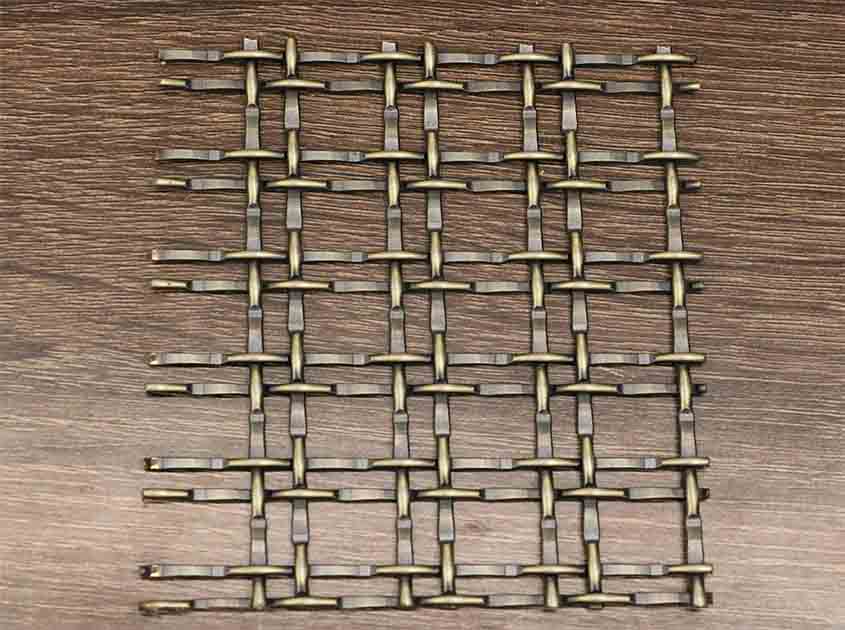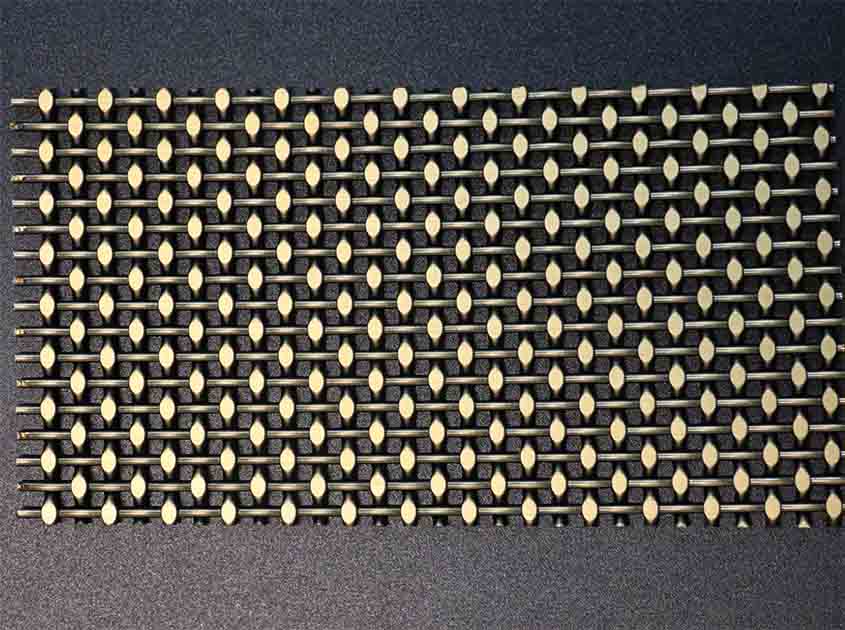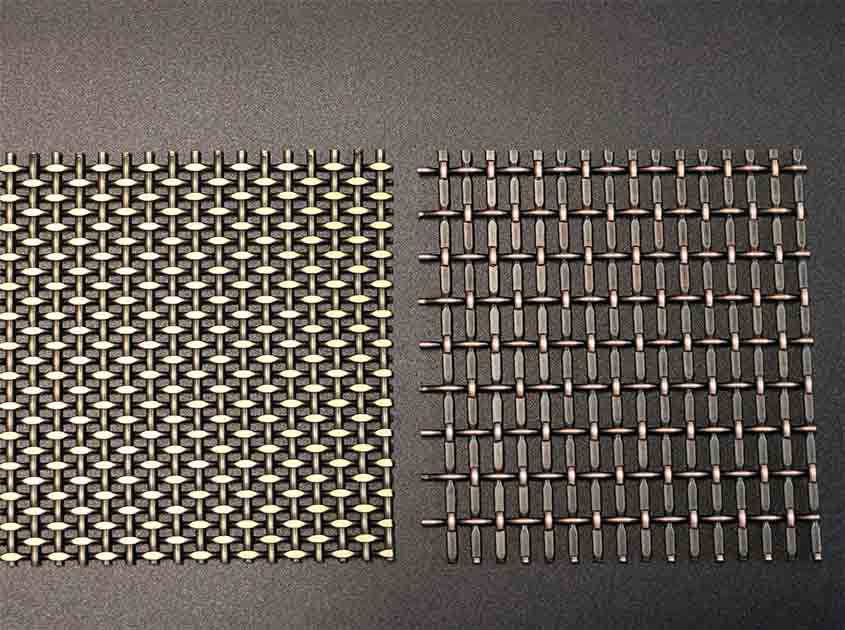Introduction:
Architecture wire mesh is not merely a functional pursuit; it is an artistic expression that often reflects the culture and heritage of a society. Traditional architecture, in particular, embodies the rich cultural significance of a bygone era. One element that has played a vital role in traditional architecture is architectural woven mesh. This unique material has been woven into the fabric of buildings, serving both functional and aesthetic purposes. In this article, we will explore the cultural significance of architectural woven mesh in traditional architecture, delving into its historical roots, symbolic meanings, and enduring legacy.

Historical Roots:
Architectural woven mesh has a long history that spans across different civilizations and time periods. From the intricate latticework of Middle Eastern mashrabiya screens to the delicate stone tracery of Gothic cathedrals, woven mesh has been used as a decorative element and a means of controlling light and airflow. Its presence in traditional architecture reflects the craftsmanship and ingenuity of past generations, as well as their understanding of the practical and aesthetic considerations of building design.

Symbolic Meanings:
Beyond its functional properties, architectural woven mesh often carries symbolic meanings in traditional architecture. In some cultures, the intricate patterns created by the woven mesh are believed to ward off evil spirits or bring good fortune. The play of light and shadow created by the mesh can evoke a sense of mystery and transcendence, inviting contemplation and reflection. Additionally, the use of woven mesh can symbolize the interplay between openness and privacy, creating a sense of connection with the surrounding environment while maintaining a sense of enclosure and protection.

Cultural Identity:
Architectural woven mesh is deeply intertwined with the cultural identity of a place. Its presence in traditional architecture reflects the unique traditions, values, and aesthetics of a particular culture. For example, the wooden lattice screens in traditional Japanese architecture known as "kōshi" not only filter light and provide privacy but also embody the concepts of "ma" (spatial awareness) and "wabi-sabi" (the beauty of imperfection). Similarly, the intricate stone tracery in Islamic architecture reflects the Islamic faith and the importance of geometry and pattern in Islamic art.
pre:Captivating Exterior Landscapes: Architectural Woven Mesh in Outdoor Installations
next:Creating Dynamic Spaces: Architectural Woven Mesh in Exhibition and Event Designs
© 2025 Joinwin Architectural Wire. All Rights Reserved. | Sitemap
Recommended Read
The Beauty of Texture: Architectural Woven Mesh in Interior Wall Panels
The Art of Light Play: Architectural Woven Mesh in Lighting Installations